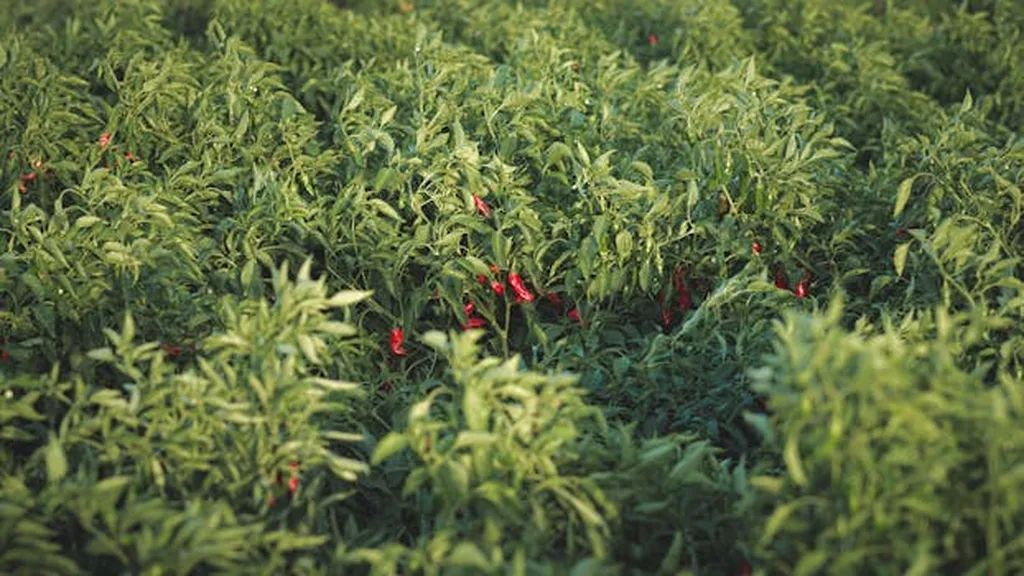In the heart of West Africa, where chili peppers are a staple crop, farmers face a persistent challenge: plant diseases that threaten yields and livelihoods. A recent study published in *Discover Artificial Intelligence* offers a promising solution, leveraging deep learning to revolutionize disease detection in chili pepper crops. The research, led by Mireille Gloria Founmilayo Odounfa of the Laboratoire de Biomathématiques et d’Estimations Forestières (LABEF) at the University of Abomey-Calavi, demonstrates how advanced technology can enhance agricultural sustainability and productivity.
Chili peppers, a vital crop in Benin, are particularly vulnerable to diseases like anthracnose and Tomato Yellow Leaf Curl Virus (TYLCV). Traditional detection methods, while foundational, often fall short in the face of escalating pest pressures and declining productivity. To address this, Odounfa and her team compiled a comprehensive dataset of 534 images, capturing both diseased and healthy leaves under diverse environmental conditions. This dataset served as the foundation for evaluating thirteen deep learning models, including YOLOv8, MobileNetV2, and DenseNet121, using transfer learning techniques to boost accuracy.
The results were striking. YOLOv8 emerged as the top performer, achieving a mean Average Precision ([email protected]) of 0.995 and [email protected]–0.95 of 0.941. “YOLOv8’s precision and recall exceeding 99% make it highly reliable for real-time agricultural applications,” Odounfa noted. This level of accuracy is a game-changer for farmers, enabling early detection and intervention to mitigate crop losses. Among classification models, MobileNetV2 and DenseNet121 also showed strong performance, with an accuracy of 96.25%.
The implications for the agriculture sector are profound. Real-time, automated disease detection can significantly reduce the economic burden of crop losses, enhancing food security and farmer livelihoods. “This technology has the potential to transform precision agriculture, making it more sustainable and efficient,” Odounfa explained. By integrating deep learning models into agricultural practices, farmers can make data-driven decisions, optimizing resource use and improving yields.
Looking ahead, the research highlights several avenues for future exploration. Expanding datasets to include more diverse environmental conditions and integrating climatic variations could further enhance model robustness. Additionally, improving disease severity assessment could provide even more nuanced insights, enabling targeted interventions. “Future research should focus on these areas to ensure the technology’s widespread applicability and effectiveness,” Odounfa suggested.
As the agriculture sector continues to evolve, the integration of deep learning models like YOLOv8, MobileNetV2, and DenseNet121 could pave the way for a more sustainable and productive future. This research not only addresses immediate challenges but also sets the stage for innovative solutions that could reshape the agricultural landscape. With the potential to enhance food security and economic stability, the findings published in *Discover Artificial Intelligence* offer a beacon of hope for farmers and the broader agriculture community.

